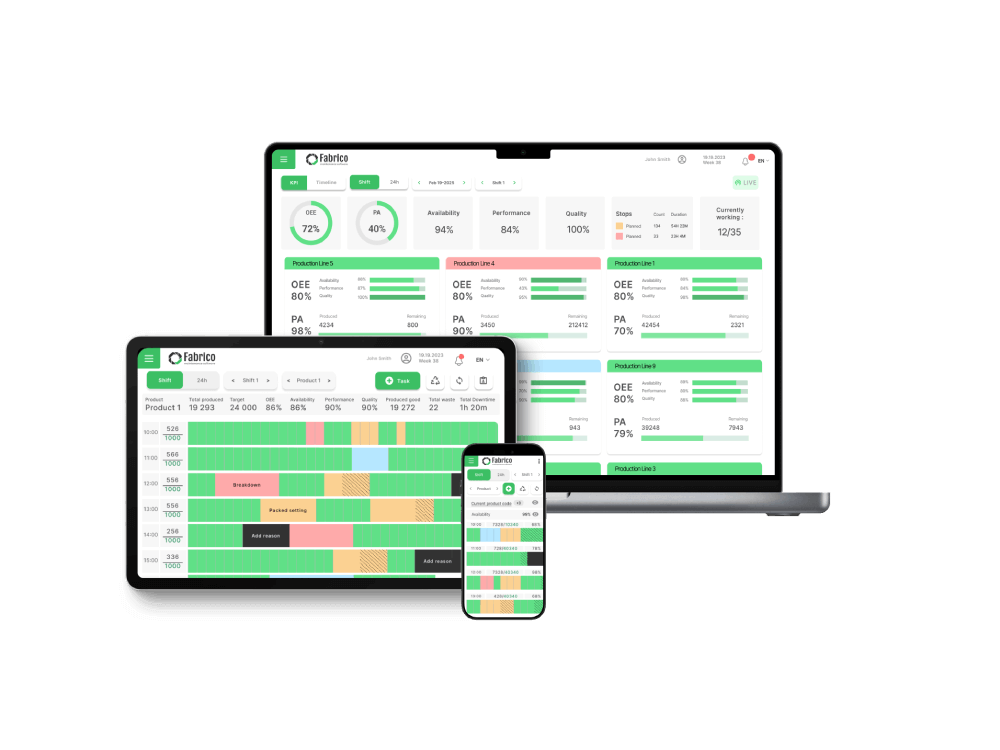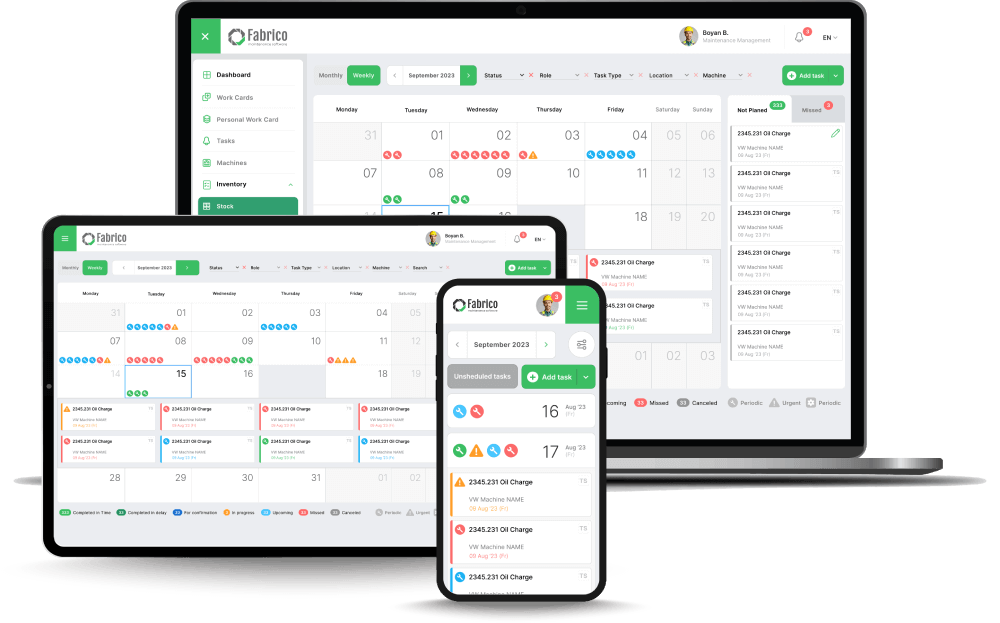Imagine the whirlwind: It’s peak production season. Suddenly, a critical packaging machine grinds to a halt – alarms blare, operators are idled, and precious output stops dead in its tracks.
Simultaneously, your inbox pings with reminders for overdue preventative maintenance on the HVAC system, just as summer temperatures begin to soar.
Down the hall, a persistent dripping sound from a leaky faucet has finally prompted a formal request, while across the plant, a technician is wrestling with an intermittent sensor fault that’s been causing minor hiccups for weeks.
And looming over everything is the knowledge that the quarterly safety inspection report is due by Friday. Each issue demands attention, time, and resources. But which fire do you fight first? How do you allocate your team effectively when every task feels urgent?







